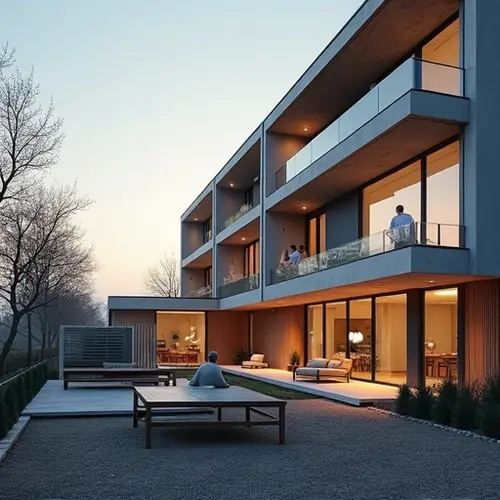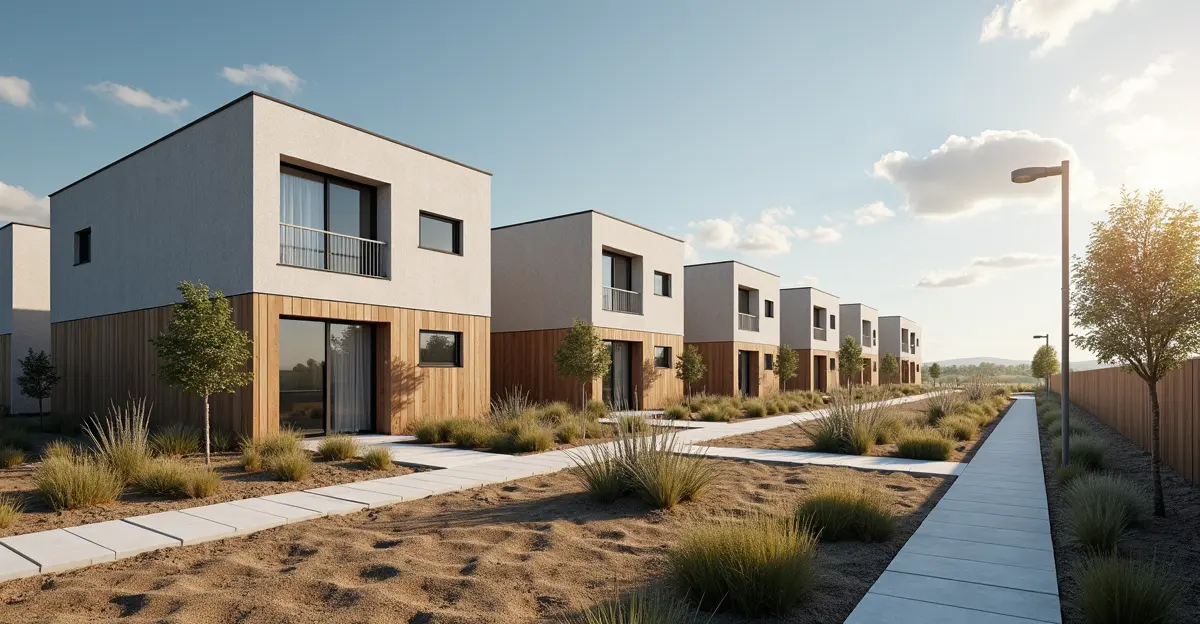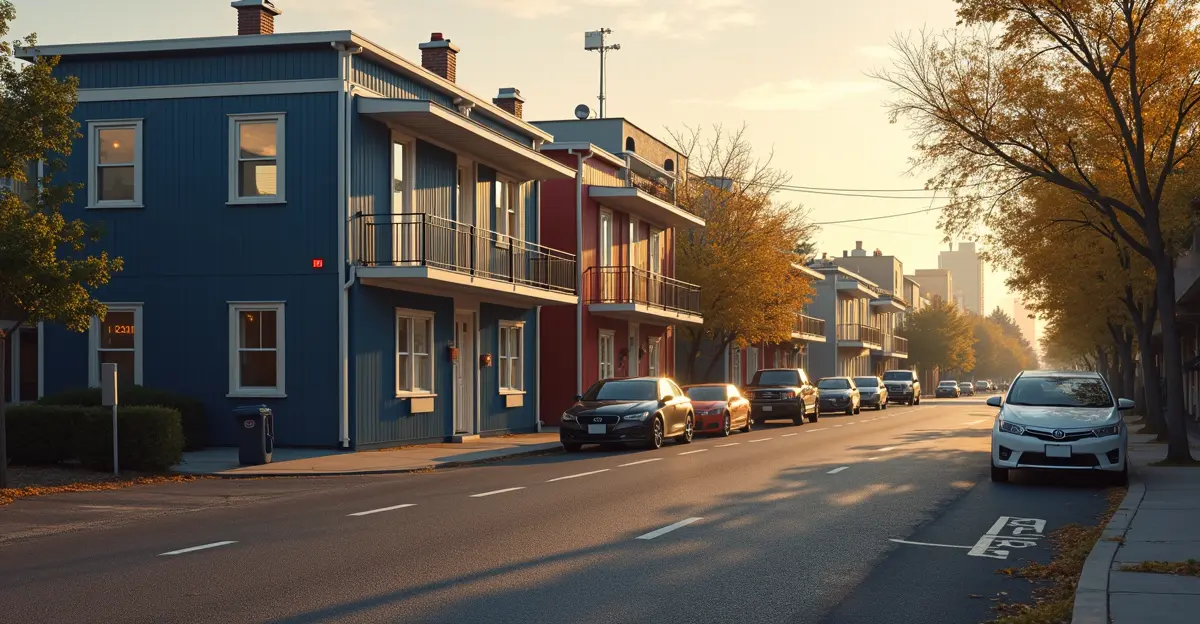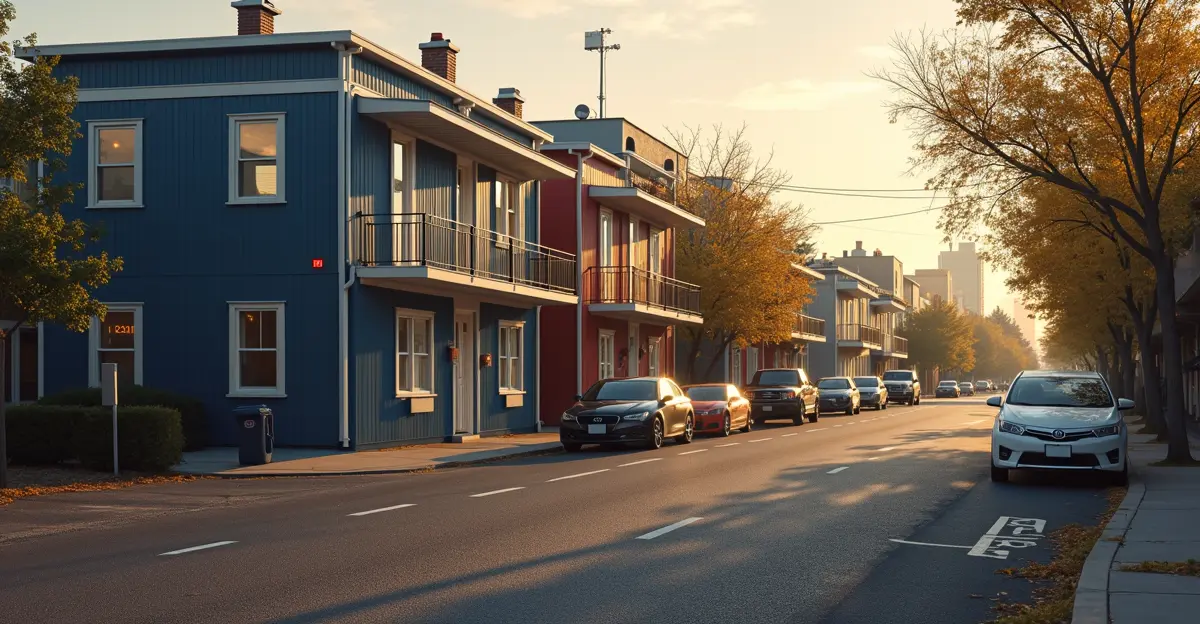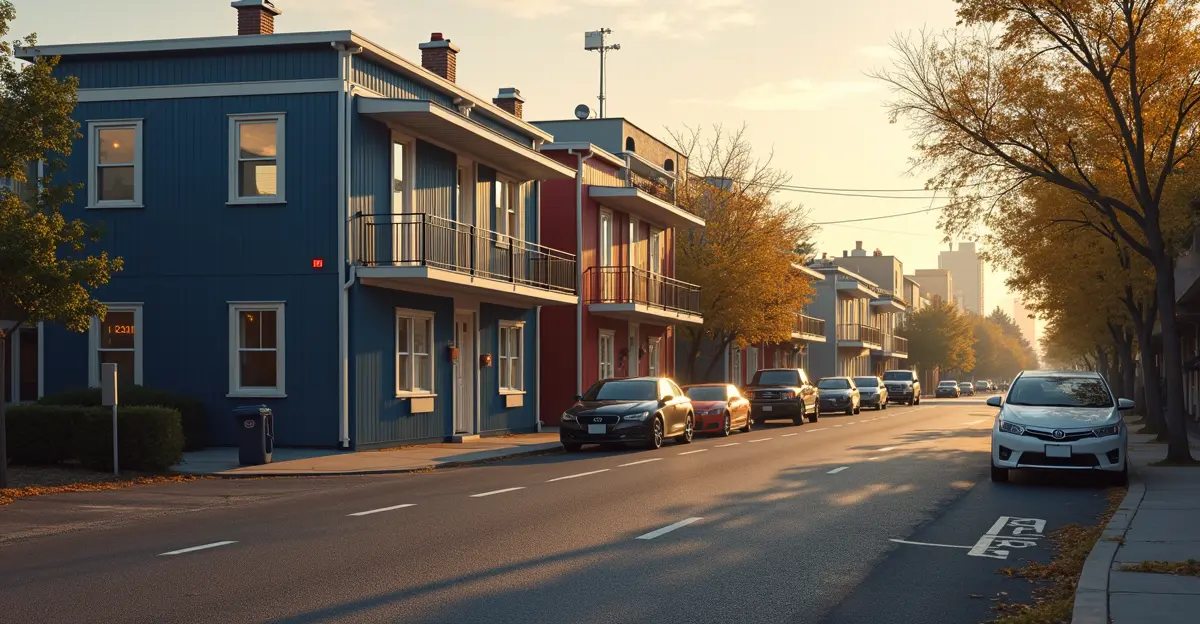Housing accelerators open 2025 applications for startups developing modular construction solutions. $10M Industrialized Construction Catalyst Fund and California Housing Accelerator target affordable housing crisis with faster, cheaper building methods.
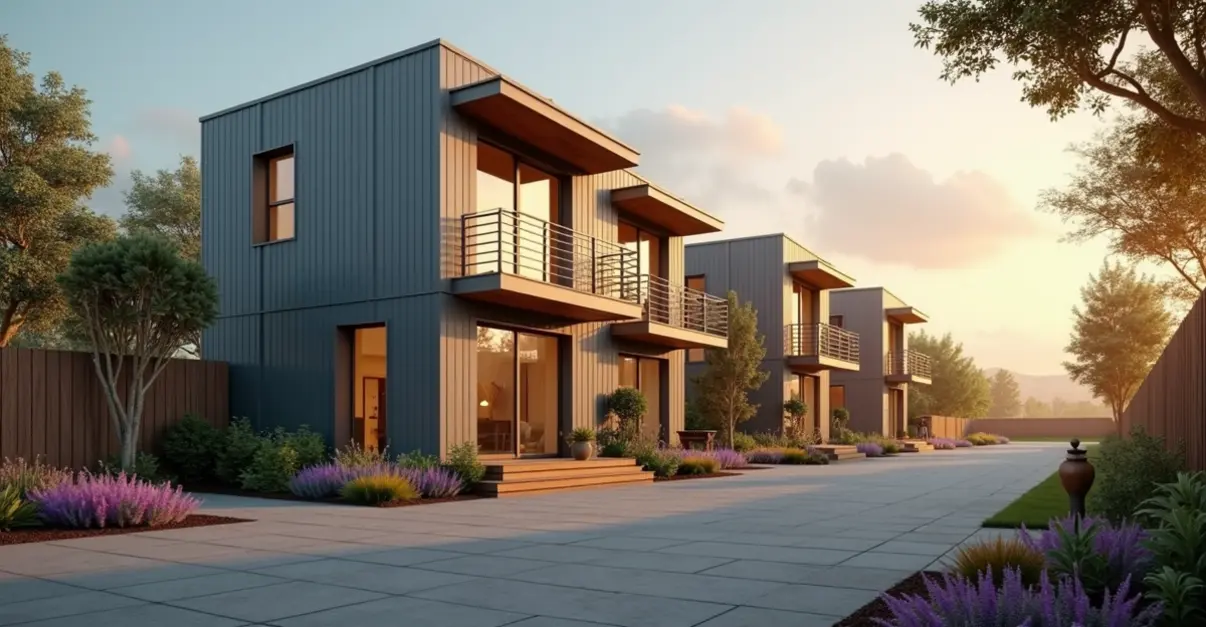
Affordable Housing Crisis Spurs Innovation Push
As the affordable housing crisis continues to grip nations worldwide, technology accelerators are stepping up with new funding opportunities for startups developing modular and low-cost construction solutions. With applications now open for 2025 programs, innovative companies have the chance to secure crucial funding and support to scale their housing technologies.
Major Funding Initiatives Launch
The Housing Accelerator Fund (HAF) has launched the Industrialized Construction Catalyst Fund (ICCF), a $10 million revolving loan pool specifically designed to accelerate affordable housing delivery through construction innovation. 'This fund addresses a critical barrier that has prevented many promising housing technologies from reaching scale,' said a HAF spokesperson. 'Traditional lenders often avoid the early-stage financing needed for factory deposits and predevelopment costs, but our program fills that gap.'
The ICCF includes a $3 million investment from the Chan Zuckerberg Initiative and $1.25 million from the CDFI Fund, demonstrating significant private sector commitment to solving the housing affordability challenge. The first project to receive funding is Cleveland Commons, a 104-unit senior housing development in Campbell, California, using volumetric modular construction scheduled for completion in 2028.
Modular Construction Advantages
According to Wikipedia, modular construction involves prefabricating 2D panels or 3D volumetric structures in off-site factories and transporting them to construction sites for assembly. This method has demonstrated impressive results, delivering homes 10-50% faster and at costs 10-40% lower than traditional construction methods.
'The ability to work on foundations and manufacturing simultaneously is revolutionary,' explained construction industry expert Maria Rodriguez. 'A team of five workers can assemble up to six 3D modules, equivalent to 270 square meters of finished floor area, in a single work day. That's transformative for addressing housing shortages.'
California Leads the Way
The California Housing Accelerator, administered by the California Department of Housing and Community Development, represents another major initiative targeting shovel-ready projects facing financing gaps. The program specifically supports developments serving low-income households and vulnerable populations, with a focus on projects that have secured necessary approvals but need additional financial support to proceed.
Recent research from the National Renewable Energy Laboratory (NREL) in partnership with iUnit Communities has shown promising results with modular construction. Researchers are testing a 380-square-foot modular apartment prototype to study building envelope performance, air infiltration, and thermal efficiency. The units arrive fully equipped with energy-efficient HVAC systems, smart controls, and microgrid capabilities, making them 'turnkey' ready upon delivery.
Startup Ecosystem Thriving
The startup ecosystem for affordable housing technology is showing remarkable growth. According to Seedtable's 2025 ranking, 13 promising affordable housing startups have raised $164.1 million in aggregate funding. Leading the pack is Mighty Buildings with $97.8 million in funding, using 3D printing and advanced composite materials for construction.
Other notable startups include Codi ($16M) offering coworking spaces in private homes, Cottage ($15M) specializing in accessory dwelling units (ADUs), and Cover Technologies ($11.6M) focusing on ADU construction. These companies employ various approaches including modular homes, rental software, online housing marketplaces, and renewable energy integration.
Industry Conference Highlights Innovation
The World of Modular 2025 conference in Las Vegas featured several innovative solutions addressing the affordable housing crisis. Eisa Lee from xL Architecture presented 'pocket neighborhoods' - small communities using infill land areas with tiny homes that can be factory-built like pre-built sheds. Rhys Kane and Jerry Rynda emphasized early collaboration between manufacturers, contractors, and clients, using the Steveston Highway project in British Columbia as a case study.
'The West Holden Place project in Denver demonstrated how modular construction can reduce costs by 20-25% and accelerate completion,' noted conference attendee Sarah Chen. 'These solutions address the critical shortage of over 7 million affordable homes in the US and 4.4 million in Canada.'
Application Process and Timeline
Startups interested in applying for accelerator programs should prepare detailed business plans demonstrating how their technology addresses specific housing challenges. The application process typically requires evidence of prototype testing, market analysis, and scalability plans. Successful applicants receive not only funding but also mentorship, industry connections, and technical support to help navigate regulatory requirements and manufacturing challenges.
The current application window for most 2025 programs remains open through the second quarter, with selection announcements expected by late summer. Industry experts recommend that startups focus on solutions that can demonstrate both immediate impact and long-term sustainability.
As modular construction continues to evolve, experts predict that by 2030, this method could deliver US$22 billion in annual cost savings for the US and European construction industry, helping fill the US$1.6 trillion productivity gap. With accelerator programs now actively seeking innovative solutions, the future of affordable housing looks increasingly promising through technological advancement and strategic funding partnerships.

 Nederlands
Nederlands
 English
English
 Deutsch
Deutsch
 Français
Français
 Español
Español
 Português
Português




